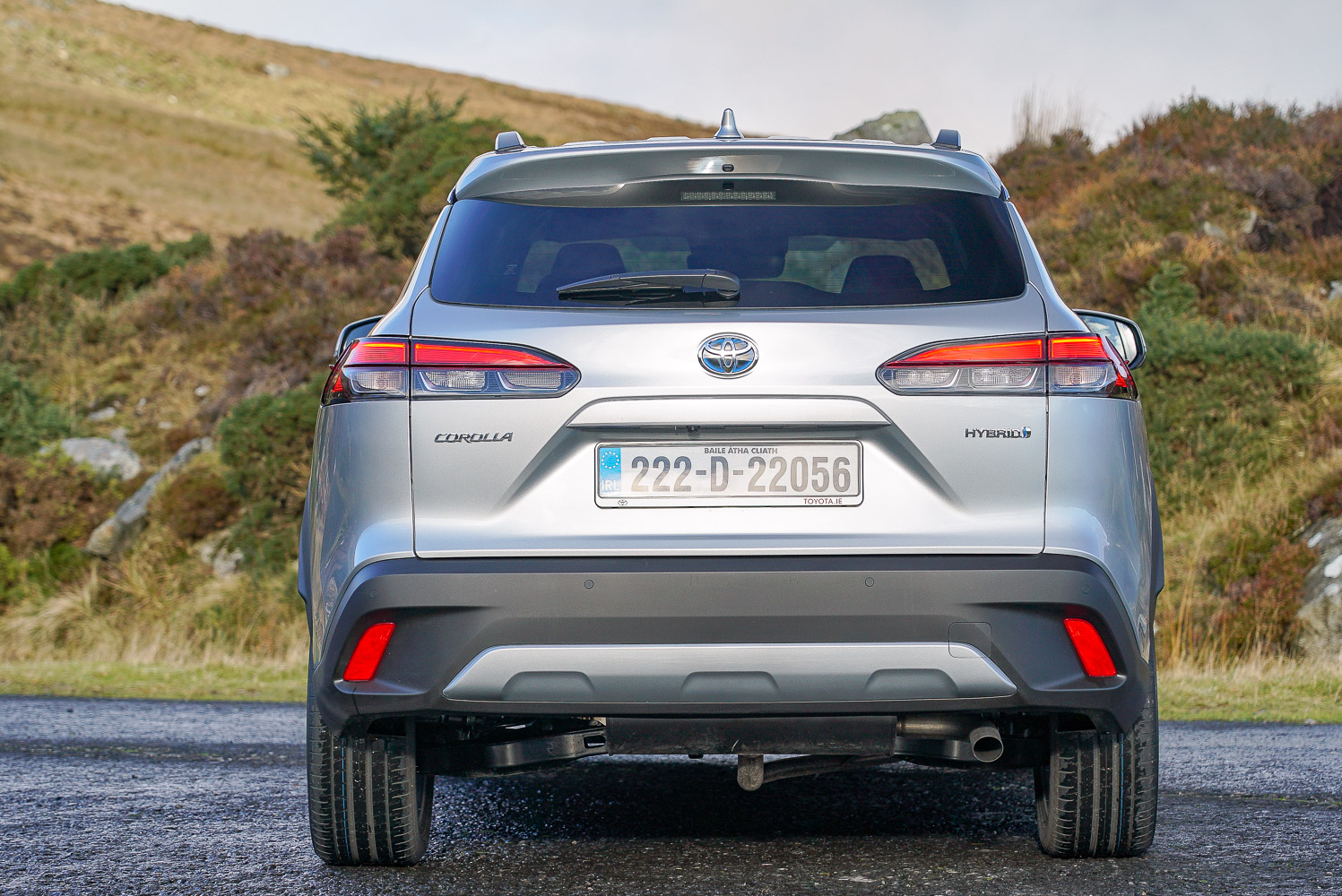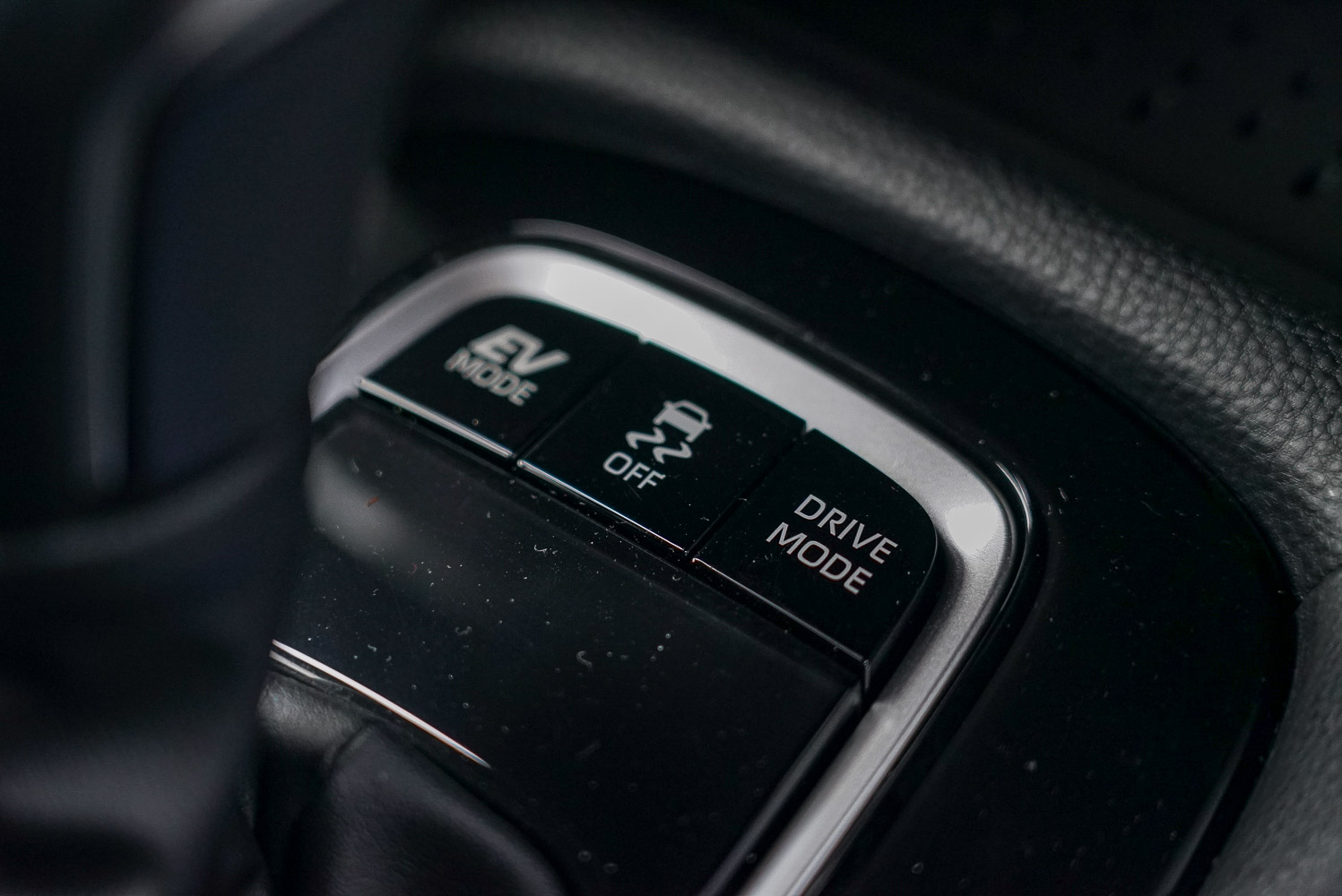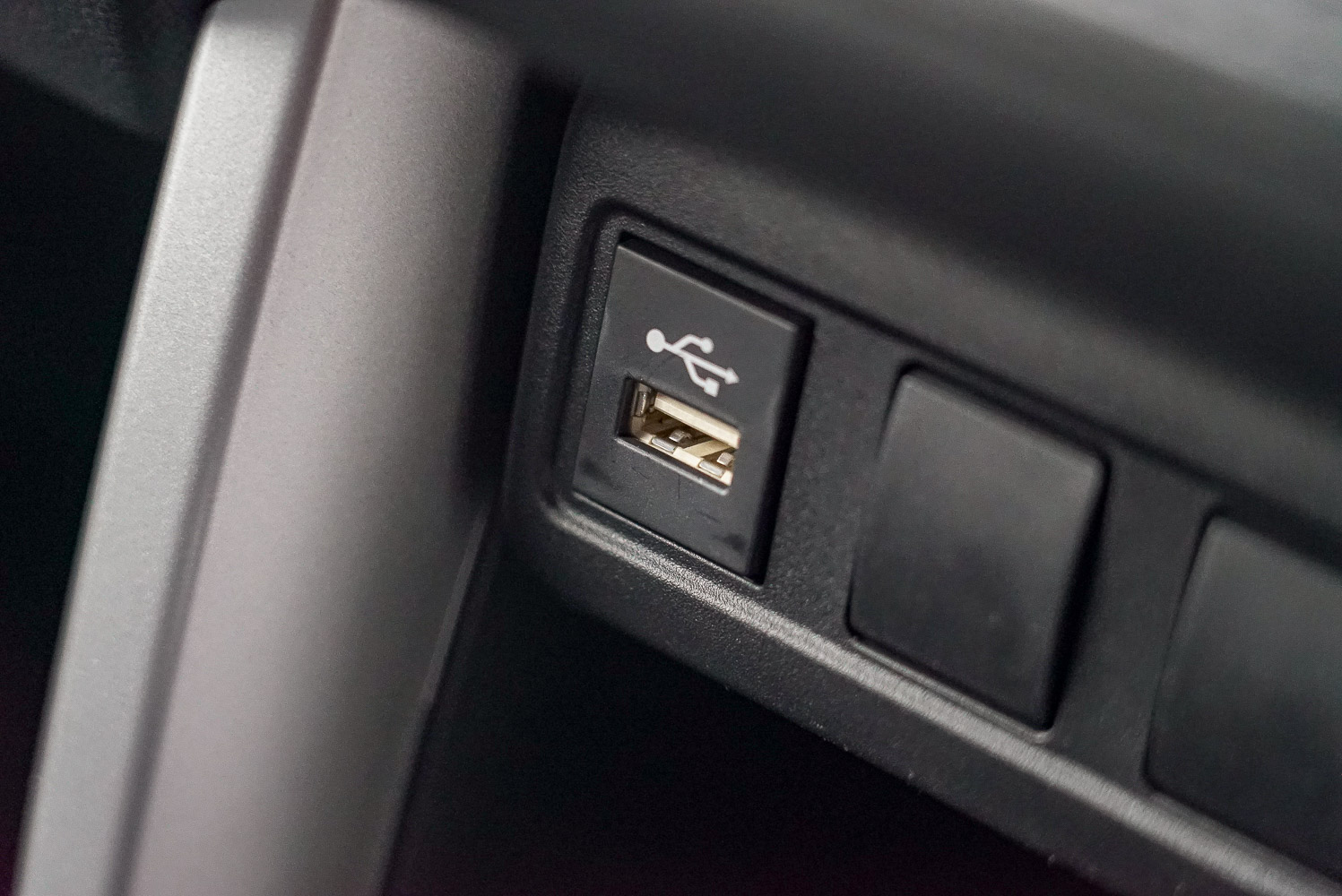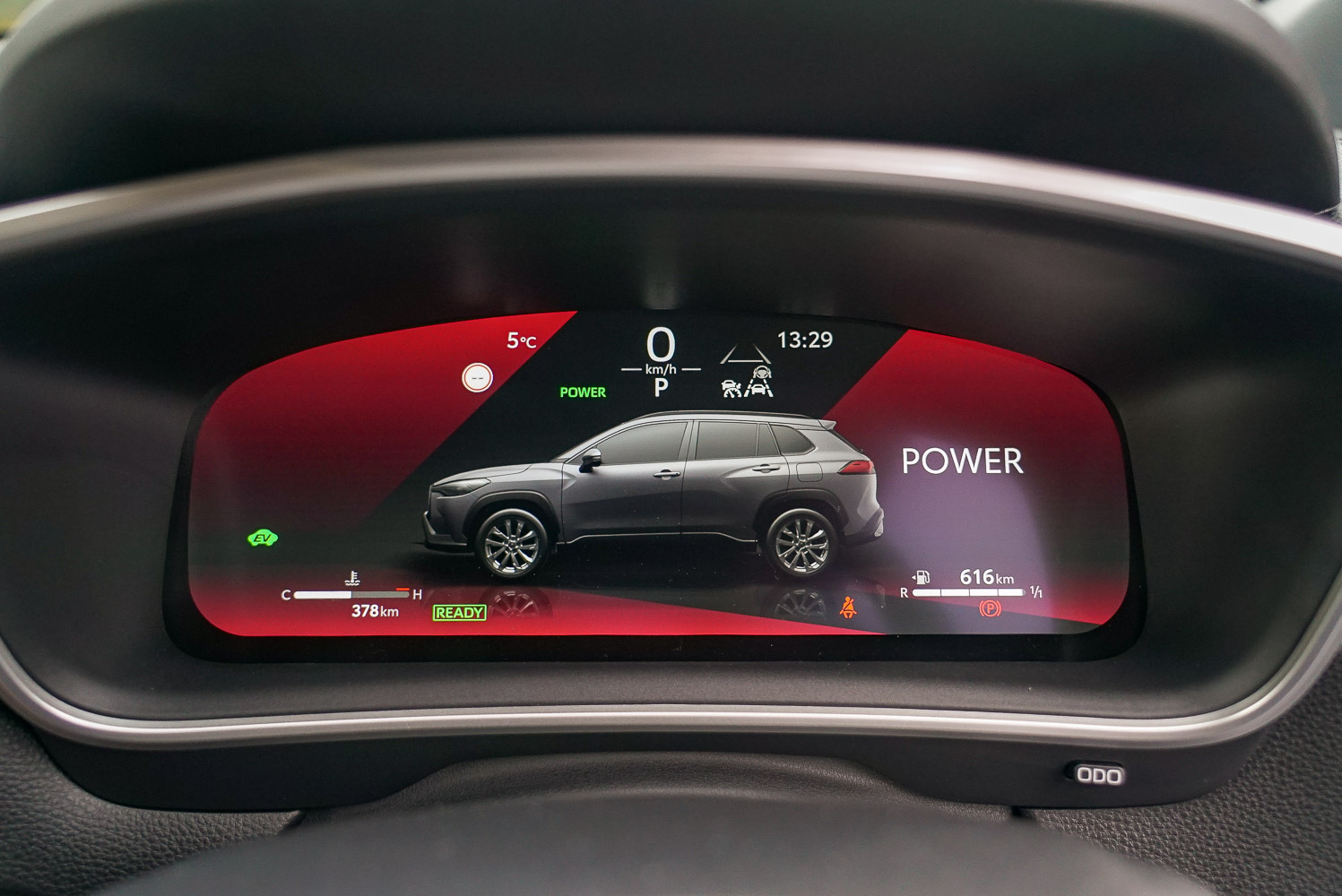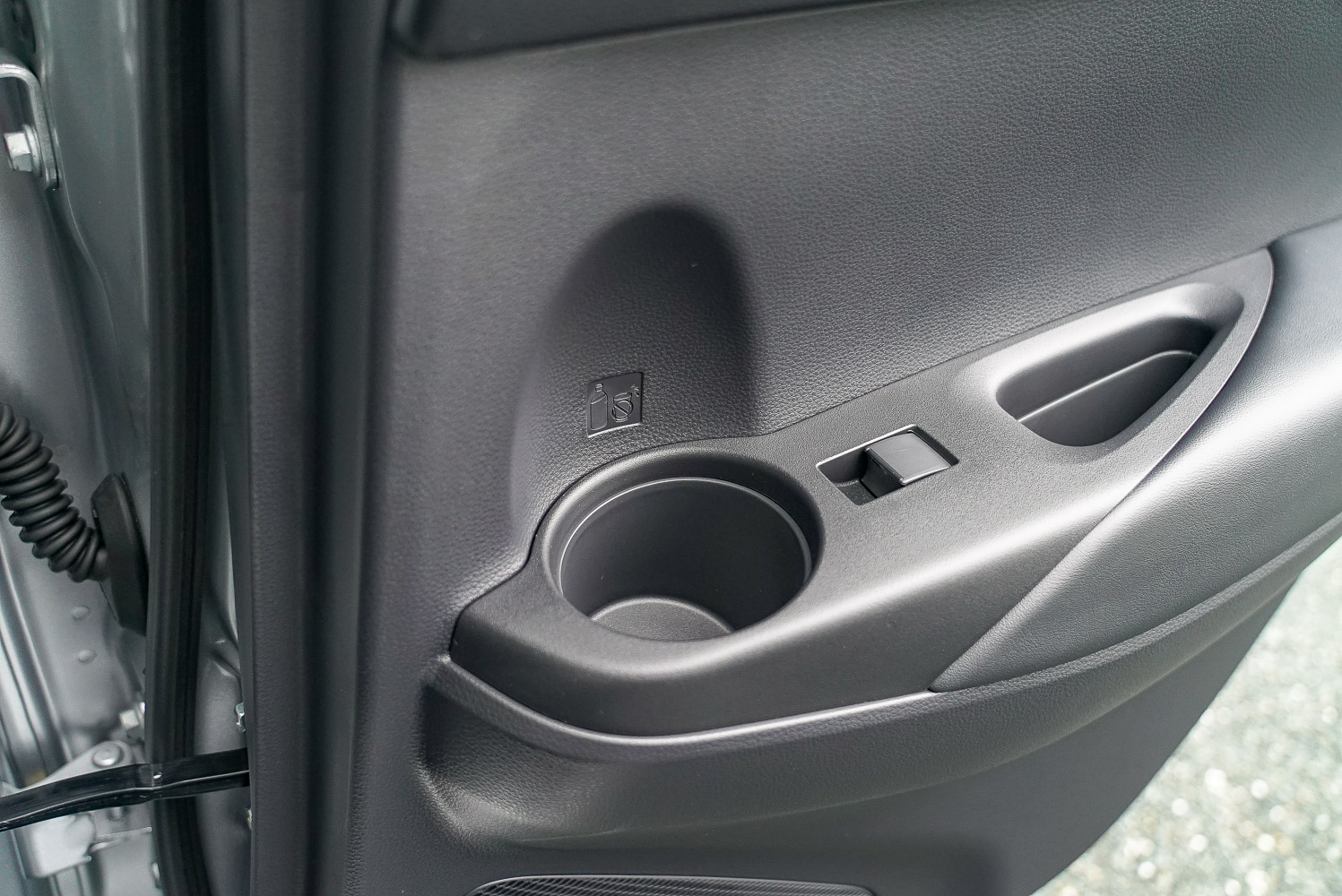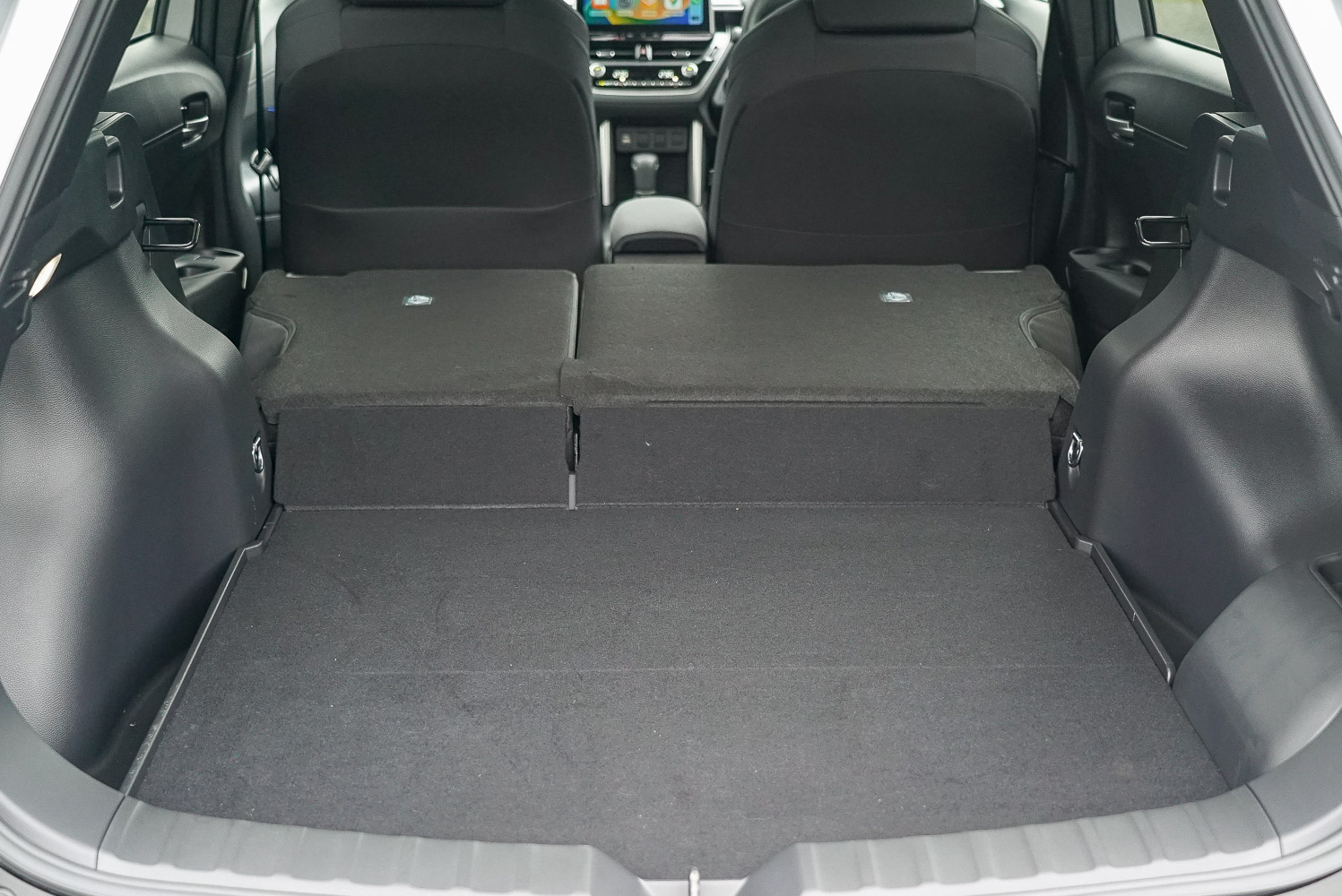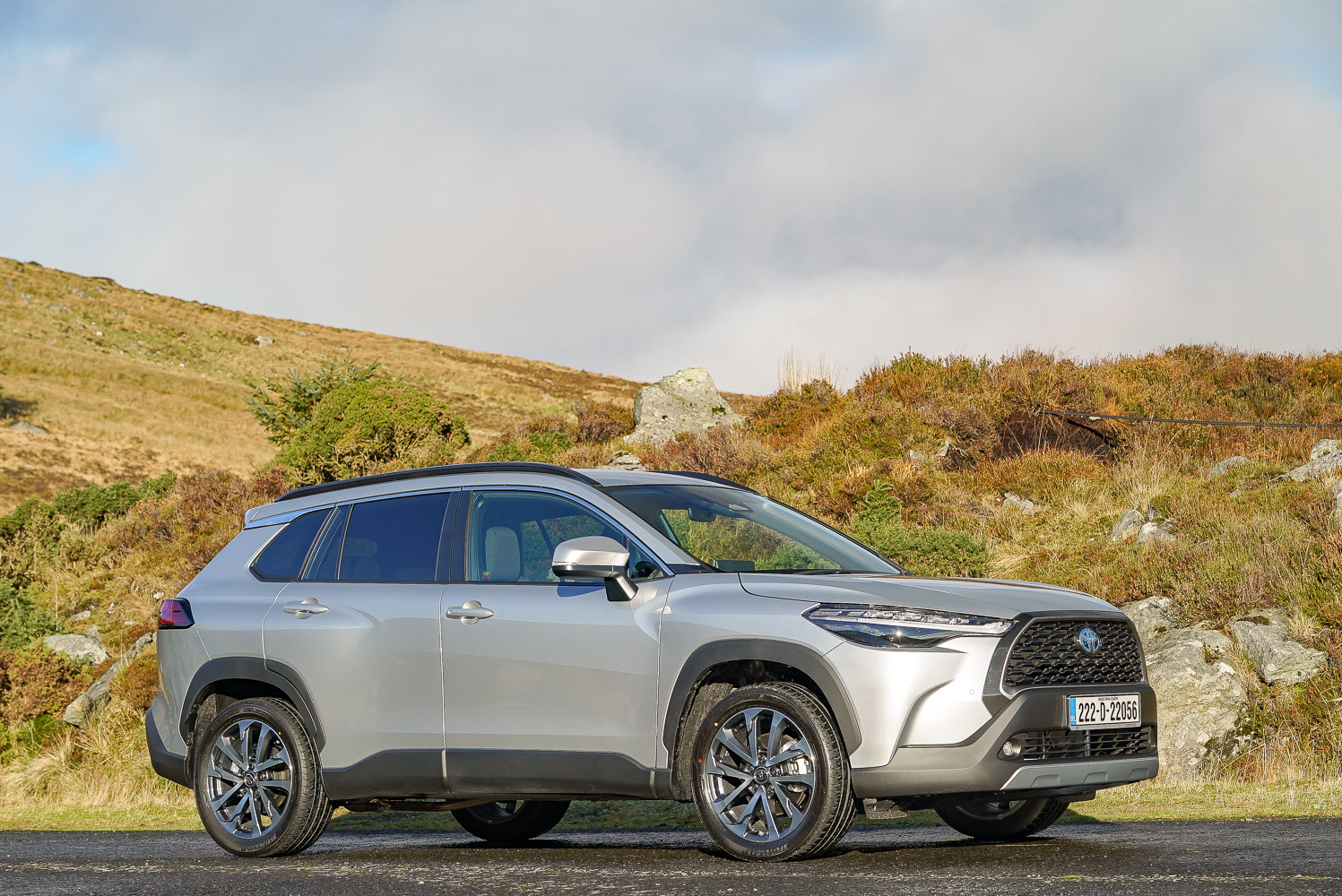Toyota Corolla Cross overview
The Corolla nameplate has been a massive success for Toyota in Ireland, and the past couple of years have been particularly successful. Customers here clearly are buying into Toyota's hybrid technology, since the firm's largely petrol-electric line-up (save for the Hilux, Land Cruiser and its performance models) is helping it to lead the Irish sales charts in 2022, accounting for 15 per cent of the market. The Corolla is the country's second best-seller overall, while the company's SUVs, the C-HR and RAV4, aren't too far behind in fourth and sixth.
However, the RAV4 is quite a large model, arguably sitting above the best-sellers such as the Hyundai Tucson and Kia Sportage, and it's priced to suit. The C-HR, meanwhile, isn't for everyone because of its daring looks. The shape compromises its family-carrying credentials, too, as the back seats are quite dark thanks to small rear windows.
So enter the new Toyota Corolla Cross, which sits between the C-HR and RAV4 in the line-up, and has some of that brand association with the Corolla badge. It's a more conventional looking SUV than the C-HR, with a more upright design that's meant to enhance its practicality. The new Corolla Cross measures 4,460mm long and 1,825mm wide, which places it almost slap bang between the C-HR and RAV4 in terms of size, and it's roughly between the Corolla hatchback and Touring Sports in terms of length, but is marginally wider to improve passenger space.
The Toyota Corolla Cross model range
The Toyota Corolla Cross is only offered with hybrid powertrains on the Irish market. Some countries have the option of an all-wheel-drive variant, but Toyota Ireland isn't currently planning to offer that for sale here. What we will get is a choice of two different front-wheel-drive hybrid set-ups. At launch, the only option is the more powerful 197hp 2.0-litre hybrid, which delivers a 0-100km/h time of 7.6 seconds, has emissions of 115g/km and fuel consumption of 5.1 litres/100km. The 1.8-litre hybrid arrives later. That makes 140hp, so a slower 9.9-second 0-100km/h time is to be expected. Fuel economy and emissions figures are to be confirmed closer to that version's on-sale date.
Due to its lower pricing, the 1.8-litre hybrid is expected to be the most popular, but for now Irish pricing starts at €38,910 for the 2.0-litre hybrid in Luna trim. All cars come equipped with LED lights front and rear, alloy wheels (17-inch in diameter on the Luna trim), auto-fold mirrors, a 12.3-inch digital instrument display and a 10.5-inch touchscreen infotainment system with four years of cloud navigation info and live traffic updates included. Dual-zone climate control, auto lights and wipers and a reversing camera are also included, while the rear seats benefit from two sets of ISOFIX child seat mounts, as well as a pair of USB-C sockets for charging devices.
Safety equipment on all models includes automatic emergency braking and Toyota T-Mate, which is the name for the third-generation Toyota Safety Sense system. This features improved versions of Toyota's pre-collision system, lane assist, adaptive cruise control and road sign recognition, while new features include lane-change assist with proactive driving assistance, an emergency driving stop system and over-the-air updates to keep the software current.
On top of that, Sport models feature blind-spot monitors with Safe-Exit Assist, which detects and alerts front-seat occupants if they attempt to open a door into traffic approaching from behind. Another neat feature is the rear-seat reminder, which offers a warning to check for occupants in the back if one of the rear passenger doors has been opened.
Sport models also come with larger 18-inch alloy wheels, more chrome exterior trim and roof rails. The LED headlights feature sequential turn signals, there's keyless entry, rear privacy glass, a tailgate spoiler and extra cabin lighting to finish off the upgrades.
At the top of the range, the Sol model adds some premium equipment, including part-leather upholstery and four heated seats, wireless smartphone charging, a powered tailgate, a panoramic glass roof and extra sound deadening to help reduce wind noise.
The Toyota Corolla Cross interior
Buyers considering the Corolla Cross are likely to be familiar with other models in the Toyota line-up, so it's worth comparing its cabin to those cars'. The passenger compartment of the Corolla Cross feels far more spacious that the Corolla hatchback's for a start, thanks to the high roof, but the windscreen and side windows are notably large, too, giving the car an airy feel. There's good visibility in all directions from the driver's point of view.
A slim centre console enhances space for the front-seat occupants, though it means there's not loads of storage. Two deep cupholders are lined up behind the shift lever, while there's a large flat section ahead of that to accommodate a phone (only the top Sol model has a wireless charger in this location) and a single USB-A port above. Under the central armrest is a square cubby that isn't massively deep, though it does house a useful 12-volt power socket. The door pockets are quite slim, but they can hold big water bottles - and the glovebox is of a decent size.
The large 10.5-inch touchscreen is mounted in the middle of the dashboard prominently in your line of sight - meaning you don't have to take your eyes too far away from the road to glance at it. Its graphics are smart and sharp, it's easy to use and features Apple CarPlay and Android Auto. Thankfully, Toyota includes physical buttons underneath to operate the climate control system. In front of the driver is an impressive 12.3-inch digital cluster. It's simply laid out and has modern graphics with slightly different appearances for the three driving modes and lots of information if you want it.
There's much more space in the rear of the Corolla Cross than in the other Corollas, and it's a more pleasant place to spend journeys than the C-HR thanks to large side windows, too. In the outer seats there are ISOFIX mounting points for child seats, though it's unlikely that a third will fit in the middle seat as it's not massively wide. Three teenagers would fit in though, and legroom isn't bad at all.
There are rear air vents in the middle and two USB-C charging ports, along with cleverly positioned cupholders moulded high up on the doors. If the centre seat isn't being used then an armrest holding two further cupholders can be folded down from the backrest.
On the subject of folding down, the rear seat back splits 60:40. Unfortunately they don't line up with the lower boot floor when folded, so there's a step created, but it still massively increases the luggage space to 1,299 litres. With the rear seats in use, the Corolla Cross holds up to 390 litres in the boot, which is usefully more than the C-HR manages - and the 1.8-litre version of the Corolla Cross holds more again. Under the boot floor there's a spare wheel and in the top-spec Sol model the tailgate is powered.
The Toyota Corolla Cross driving experience
Like all Toyota hybrids, the Corolla Cross is a cinch to drive. Press the brake and pull the chunky lever back into D for Drive and away you go. The lever can be put into the B setting instead, which offers stronger engine braking when you lift off the throttle and helps to plough more energy back into the hybrid battery, too. It takes a little getting used to, as the engine seemingly revs when you're slowing down at times, but it should pay dividends in terms of overall efficiency.
On the subject of which, our time with the car revealed that it should be capable of nearly matching diesel economy. Our average fuel consumption figure of 6.2 litres/100km was achieved despite not carrying out any gentle/long motorway cruises and we spent one day in the Wicklow Mountains for photography and video purposes. We'd expect most owners to better that figure, especially in an urban environment.
That's where the Toyota hybrid system comes into its own. It uses a relatively small drive battery, so the quoted all-electric range is all but irrelevant. Instead the system dips in and out of electric power as it deems fit. A little green "EV" (Electric Vehicle) icon lights up on the dashboard when it does this and it's surprising just how often it happens - even away from urban environs. Toyota says its hybrids can operate in EV mode for more than 60 per cent of the time in slower traffic, and that makes for quiet progress in town in particular.
Other than the little bit of energy the system can recuperate while slowing down, obviously all the energy that powers the electric motor effectively comes from the petrol in the fuel tank, but it's nice to know that there's plenty of times in a built-up area where there's no pollution coming out the back. And as already mentioned, the electric running enhances the driving experience. The driver can actually press an EV Mode button to force the system to maximise electric running while there is charge in the battery.
Left to its own devices, the hybrid system divvies up driving duties between the electric motor and the petrol engine. Though some will wonder how a 2.0-litre engine can be efficient, Toyota has cleverly used the extra performance of the electric motor to allow its engineers to optimise the engine's design for fuel efficiency. Although it is never obvious to the driver, the engine operates differently to conventional petrol units in a bid to reduce fuel consumption.
There are three driving modes to choose from. The car always starts in the Normal setting, while the Eco mode prioritises economy and the Power mode enhances responsiveness, seemingly with the engine always running. In the latter setting the Corolla Cross feels particularly quick off the mark as the electric motor and engine work together for maximum acceleration. If you request that in any of the driving modes by pressing the accelerator all the way down then the engine revs around to its peak power point, which detracts from its usually quiet demeanour. At a cruise, it's very quiet, thankfully.
Although the Corolla Cross is refined enough for its price point, and certainly comparable to the other Corolla models on that score, it's not as luxurious as the more expensive models in the Toyota line-up - e.g. the Camry. You can hear more of the world outside going by at speed than might be expected. Interestingly, there's additional sound insulation in the front door pillars if you opt for the Sol version, so that should be the quietest model on the motorway.
Nonetheless, the chassis is a good one, mixing great bump absorption with decent comfort, but seemingly without completely discarding the agility and body control that surprise the uninitiated the first time they try a Corolla hatchback. The brake pedal modulation and feel are good, despite featuring brake energy regeneration at times, and though there's a decent turning circle, the steering is well-weighted and even offers up some feedback. In short, the Corolla Cross is quite a polished performer on the road, quietly exceeding expectations.
Our verdict on the Toyota Corolla Cross
The Corolla Cross expands the ludicrously popular Corolla range further, continues with Toyota's proven hybrid technology and offers a clever middle ground between the existing C-HR and RAV4 in the line-up. Thankfully, the concept has been well-executed, with a decent specification, plenty of space and a good driving experience. There's no doubt that the Corolla Cross is going to be a runaway success for Toyota.




